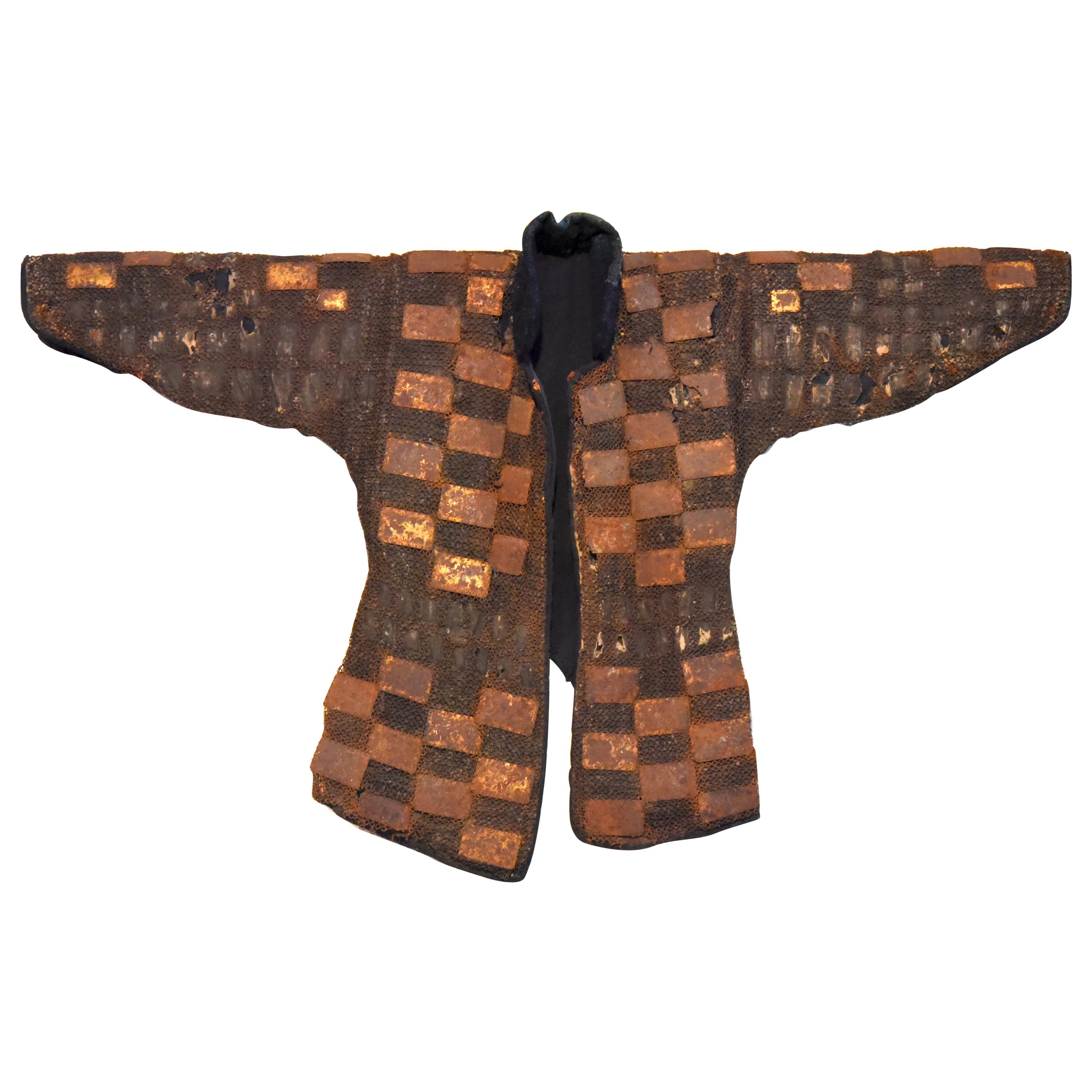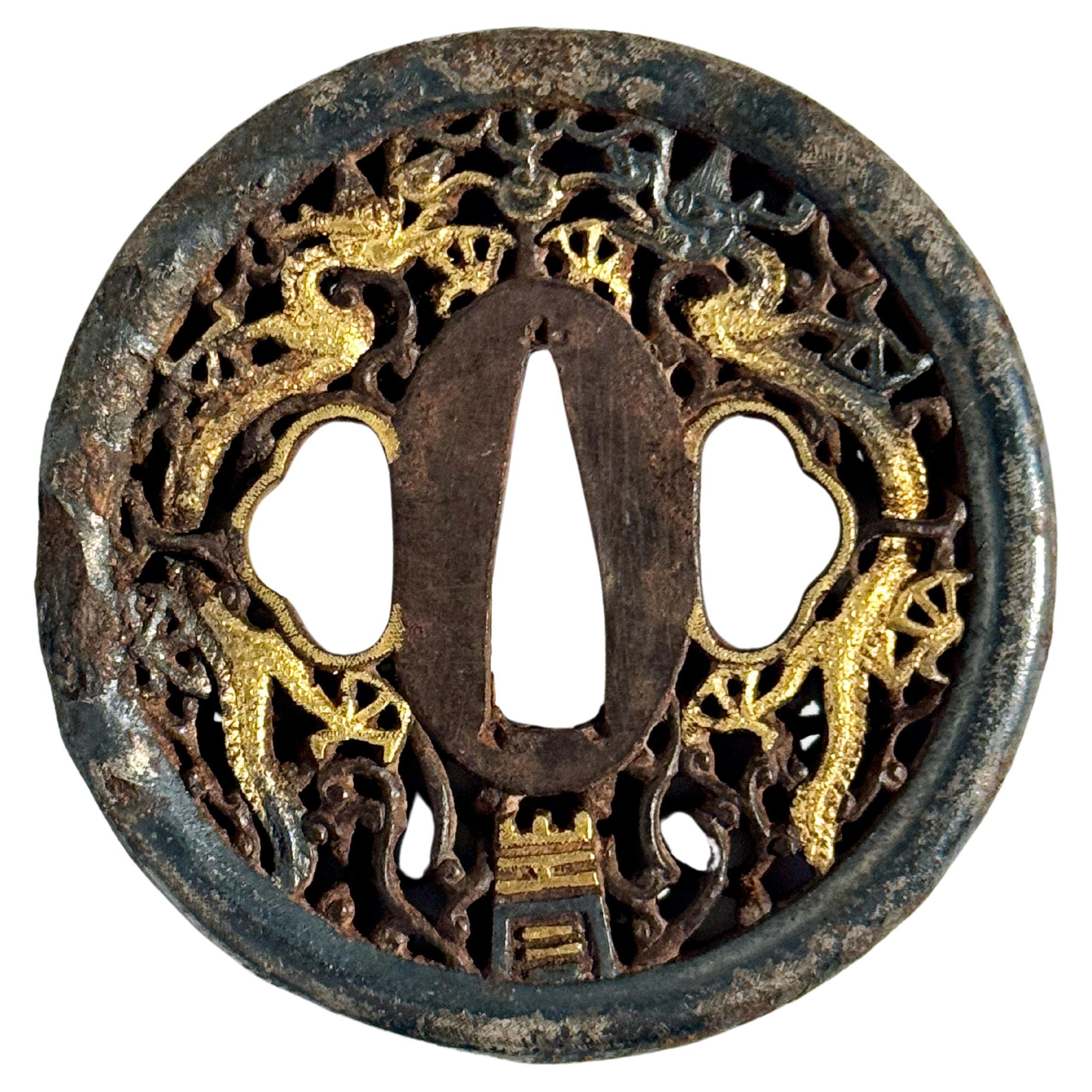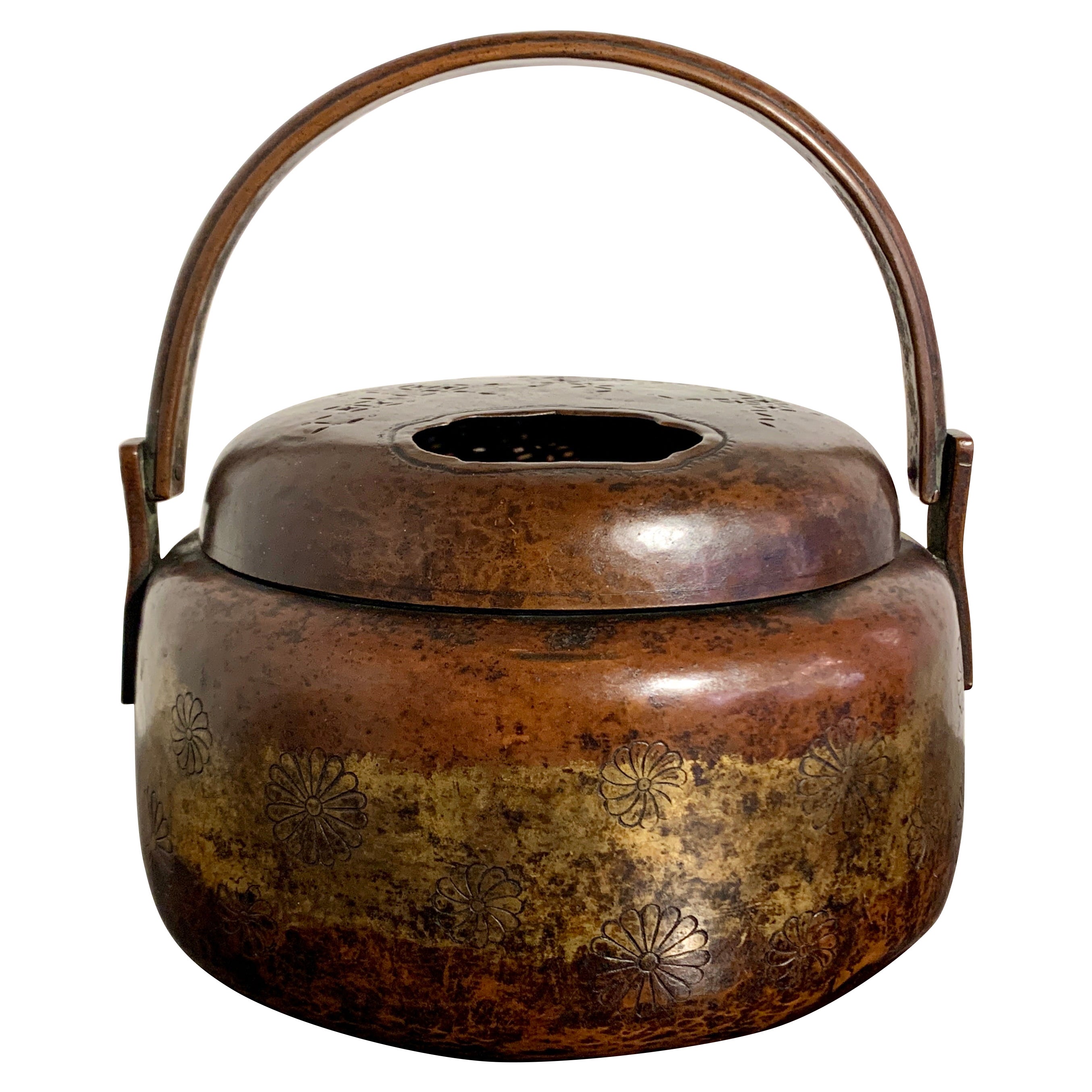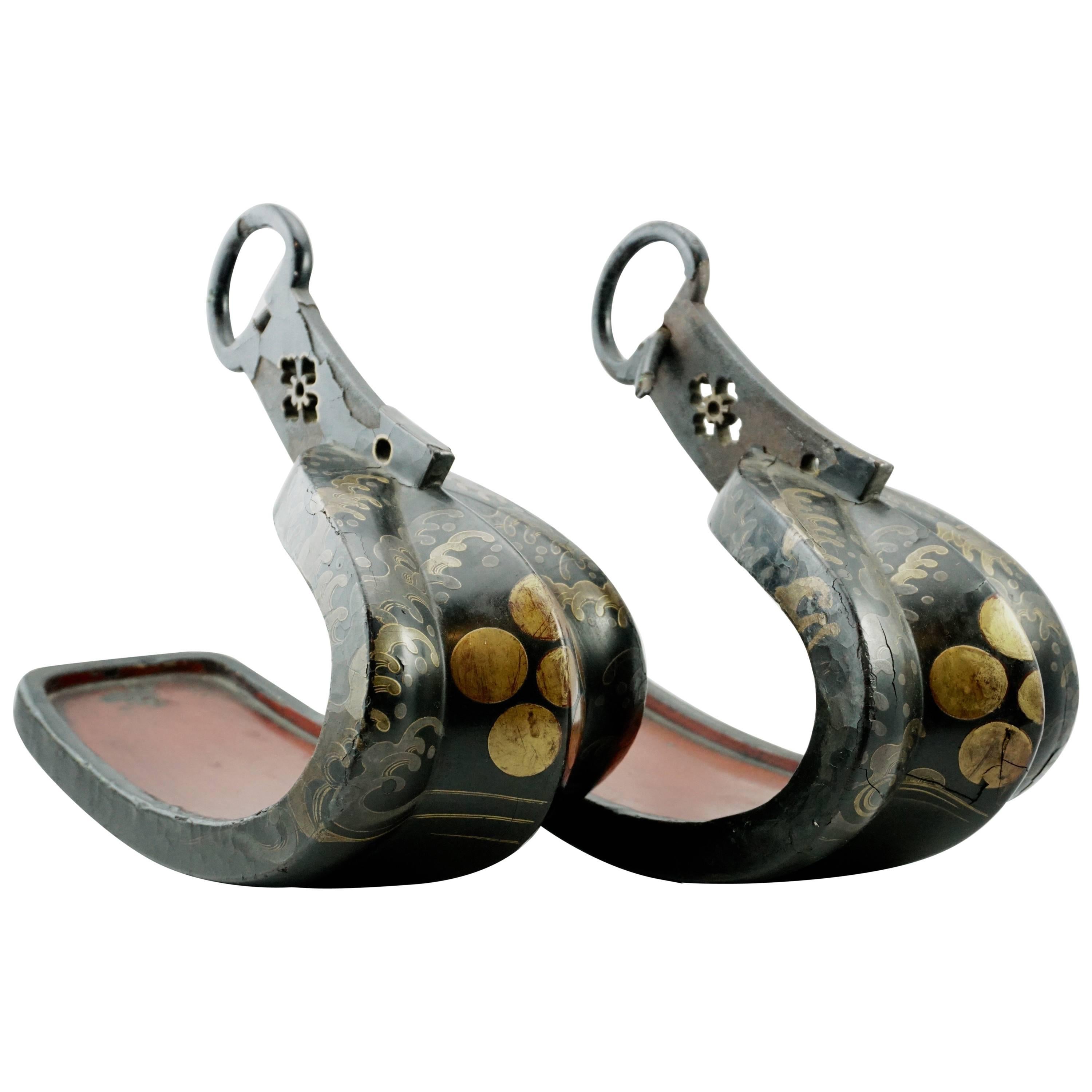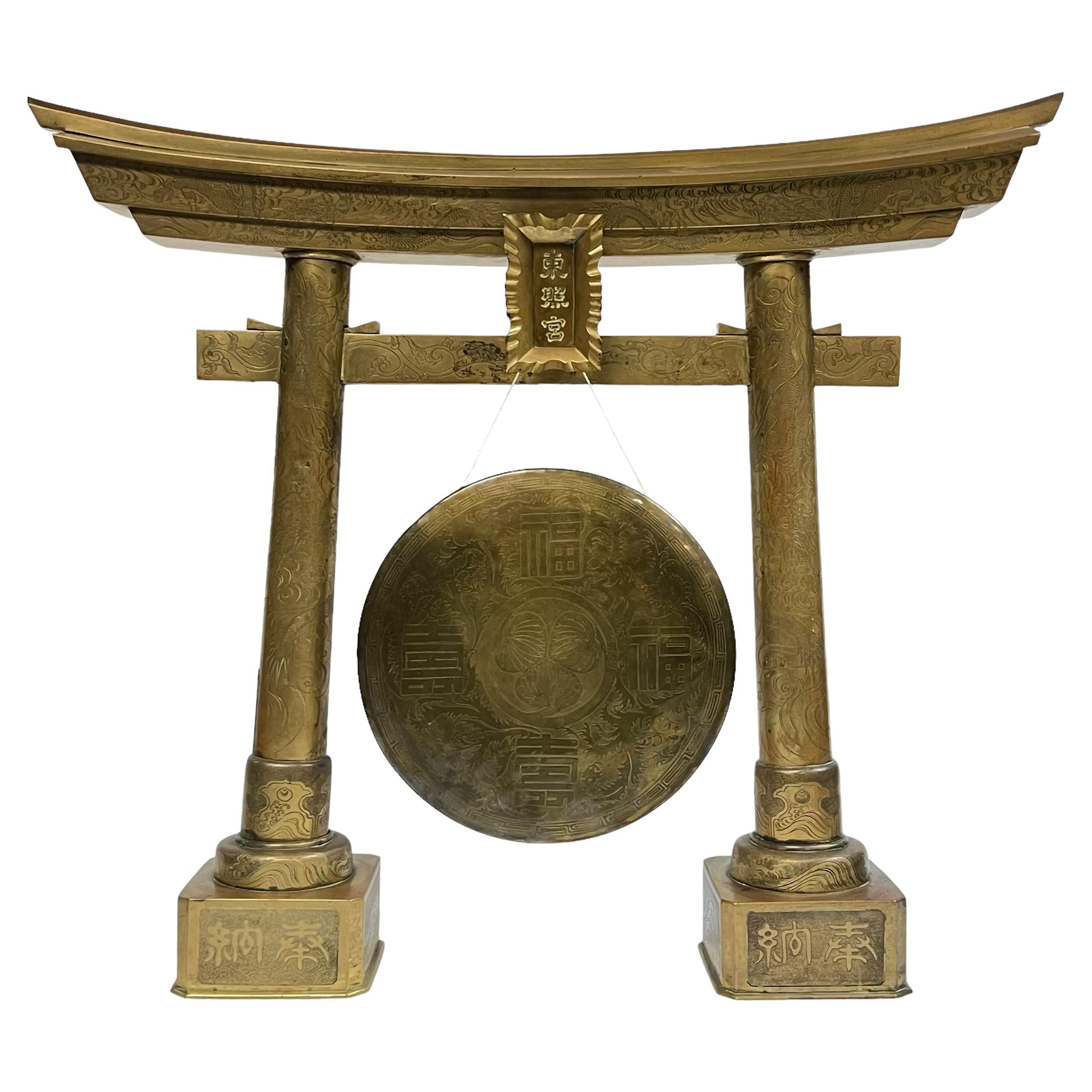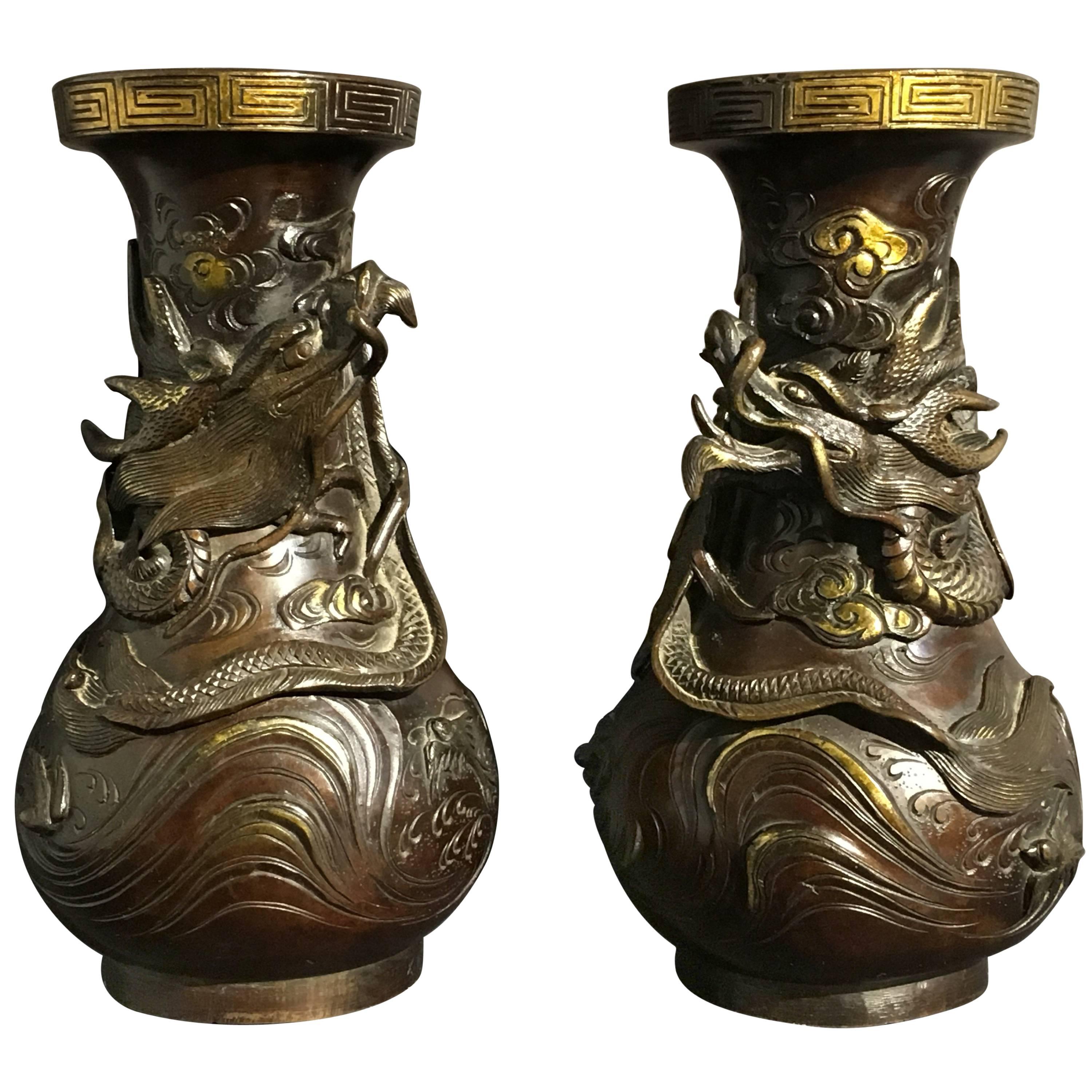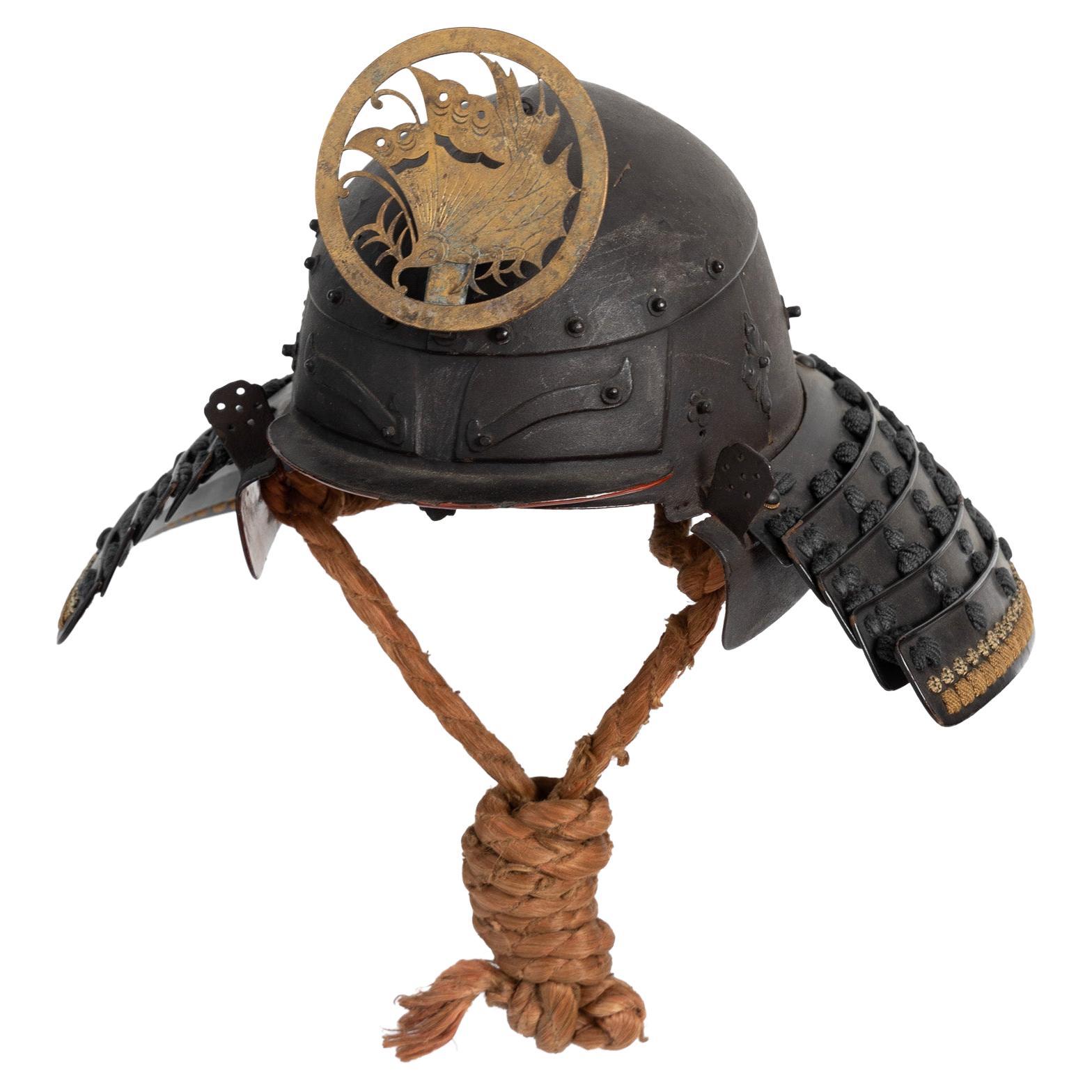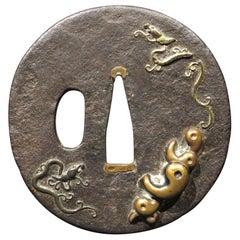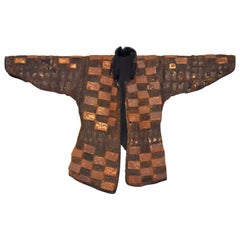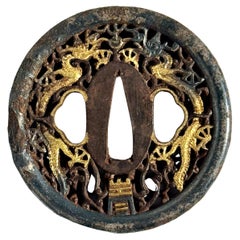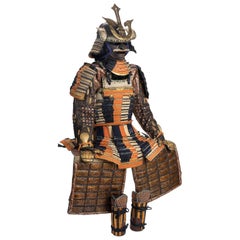
Dō Maru Tosei Gusoku, Japanese Armor of Do-Maru Type, Early Edo Period, 17th-18t
View Similar Items
Want more images or videos?
Request additional images or videos from the seller
1 of 19
Dō Maru Tosei Gusoku, Japanese Armor of Do-Maru Type, Early Edo Period, 17th-18t
About the Item
- Dimensions:Height: 59.06 in (150 cm)Width: 19.69 in (50 cm)Depth: 19.69 in (50 cm)
- Style:Edo (Of the Period)
- Materials and Techniques:
- Place of Origin:
- Period:Late 17th Century
- Date of Manufacture:circa 1680
- Condition:
- Seller Location:Milano, IT
- Reference Number:1stDibs: LU4250222997122
About the Seller
5.0
Recognized Seller
These prestigious sellers are industry leaders and represent the highest echelon for item quality and design.
Established in 2005
1stDibs seller since 2018
10 sales on 1stDibs
Typical response time: 3 hours
More From This SellerView All
- Go-Mai Uchidashi Dō Tosei Gusoku Samurai Armor Decorated with an Embossed RabbitLocated in Milano, ITGo-mai uchidashi do tosei gusoku Samurai armor decorated with an embossed rabbit Edo period, 19th century This samurai armor is complete and original, with consistent elements...Category
Antique 19th Century Japanese Metalwork
MaterialsIron
$38,207Free Shipping - Dangae do tosei gusoku A blue-laced samurai armor with cuirass of double styleLocated in Milano, ITDangae do tosei gusoku A blue-laced samurai armor with cuirass of double style Edo Period, 18th century Kabuto [helmet]: Black lacquered eboshi-nari kabuto, in the form of this ...Category
Antique 18th Century Arms, Armor and Weapons
MaterialsIron
- Hon-kozane ni-mai do tosei gusokuLocated in Milano, ITHon-kozane ni-mai do tosei gusoku Samurai armor in revival style Edo Period, 17th to 18th century Signature on kabuto: Jōshū jū Saotome Ietada Kabuto [helmet]: A russet iron (tetsu sabiji) sixty-two plate kabuto, each mounted with twenty-five small tapered standing rivets (ko-boshi) of decreasing size; the front plate, larger than the others, is fitted with two lines of rivets, while the rear one is left empty, for a total of 1.550 rivets. The typical "Saotome-byo", an extra rivet which is almost an additional signature of the Saotome armorers, is visible inside. Maedate [helmet crest]: Kuwagata (stylized horns) with shakudo kuwagata-dai (support) fitted with three hanabishi (flower-shaped family crest) and a large gilt-wood peony Menpō [mask]: A russet iron (tetsu sabiji) ressei-men (mask with fierce expression) Dō [cuirass]: Ni-mai dō (made in two parts) with hon-kozane (true scale) construction. Stencilled leather plates with engraved shakudo borders, fine pierced kanamono (application) bearing a hanabishi. Sode [shoulder guards]: Large type (ō-sode), with fine kanamono and decorations. Kote [sleeves]: In russet iron, with a hanabishi on the back of the hand (tekko). Haidate [thigh guard]: Of hakama type (full trousers), made of tied rectangular iron plates. Suneate [shin guards]: Finished in black urushi lacquer. Accessories: A saihai (commander’s baton); high-level kara-bitsu (storage box) With its large sode (shoulder guards) and old-fashioned construction, the style of the armor is reminiscent of the medieval suits...Category
Antique Late 17th Century Japanese Arms, Armor and Weapons
MaterialsIron
- Okitenugui Kabuto Samurai Helmet Shaped as a Head Towel Saika, Early Edo PeriodLocated in Milano, ITOkitenugui kabuto Samurai helmet shaped as a head towel Saika, early Edo period, 17th century The Haruta armorers who moved to Kii province in the early 17th century, took the name from the village where they worked, Saika, near Wakayama, possibly on request of the local daimyo, Asano Yukinaga, a great armour amateur. Specialised in the construction of plate helmets, they produced mainly two typologies of kabuto: one with six plates covered with a chrysanthemum-shaped plate on top and one shaped as a “head towel”, called okitenugui. The latter type of kabuto employs very heavy plates crafted in a curved manner and was improved in order to make it resistant to firearms. This okitenugui kabuto features some distinctive decorations of the Haruta school, including the application of cut-out iron elements, including eyebrows, washers and lozenge-shaped decorations on the sides. The ring on the top, however, is a rare feature and could be used to hold a small war flag.Category
Antique 17th Century Metalwork
MaterialsIron
- Sogonari Kabuto Samurai Helmet Shaped as a Human Head Early Edo PeriodLocated in Milano, ITSogonari Kabuto Samurai Helmet shaped as a Human Head Early Edo Period (1615 - 1867). Three-plates kawari kabuto covered with tawny hair to ...Category
Antique Early 1700s Metalwork
MaterialsFur
- Sujibachi kabuto 62-plate samurai helmet Haruta school, Edo periodLocated in Milano, ITSujibachi kabuto 62-plate samurai helmet Haruta school, Edo period 17th-18th century A lamellar helmet consisting of sixty-two plates joined with five rows of rivets. The surface is...Category
Antique Mid-17th Century Japanese Metalwork
MaterialsIron
You May Also Like
- A Very Good 19th Century Iron & Mixed Metal Tsuba, Japan Edo Period (1603-1868)Located in Ottawa, OntarioA finely decorated iron & mixed metal tsuba, showing a dark-brown iron ground decorated in low relief with organic inspired motifs in gold, silver & copper.Category
Antique Mid-19th Century Japanese Edo Metalwork
MaterialsGold, Silver, Copper, Iron
$1,200 Sale Price20% Off - Edo Period Chain Mail Armor Jacket, Kusari or Karuta, JapanLocated in Point Richmond, CAEdo period Chain Mail Armor Jacket, Kusari or sometimes known as Karuta, Japan Japanese chain mail armor jacket is composed of brass metal plates linked together with metal wires an...Category
Antique Late 18th Century Japanese Edo Textiles
MaterialsBrass
$2,800 Sale Price20% Off - Japanese Nanban Tsuba with Dragons, Edo Period, early 19th century, JapanLocated in Austin, TXA dramatic Japanese iron tsuba in the nanban (foreign) style, decorated with dragons and openwork and inlaid with silver and gold, Edo Period, early 19th century, Japan. The fantast...Category
Antique Early 19th Century Japanese Edo Metalwork
MaterialsGold, Iron, Silver
- Japanese Cast Bronze "Longevity" Mirror, Edo Period, 18th Century, JapanLocated in Austin, TXA heavy and finely cast Japanese bronze mirror with longevity symbols, Edo Period, 18th century, Japan. The small, round mirror with high walls...Category
Antique Late 18th Century Japanese Edo Metalwork
MaterialsBronze
- Japanese Parcel Gilt Copper Hibachi, Edo Period, 18th Century, JapanLocated in Austin, TXA sublime Japanese parcel gilt copper hand warmer, hibachi, with chrysanthemum design, Edo Period, 18th century, Japan. The hand warmer, called a...Category
Antique 18th Century Japanese Edo Metalwork
MaterialsCopper
- Pair of 18th Century Japanese Edo Period Lacquered Samurai Iron StirupsLocated in Dallas, TX18th century Japanese Edo period Lacquered Samouri Iron stirups with original wooden lacquered insoles. Truly a beautiful pair of Japanese ...Category
Antique Late 18th Century Japanese Edo Metalwork
MaterialsIron
Recently Viewed
View AllMore Ways To Browse
Japan Armor
Japan Armour
Japanese Armour
Orange Japanese Plates
Japanese Antique Armor
Antique Japanese Armor
Antique Japanese Armour
Edo Samurai
Samurai Armour
Samurai Armor
Edo Blue And White
Japanese Samurai Armor
All Votives
17th Century Swords
Suit Of Armor
Copper Helmet
Copper With Crest
Antique Samurai Armour


